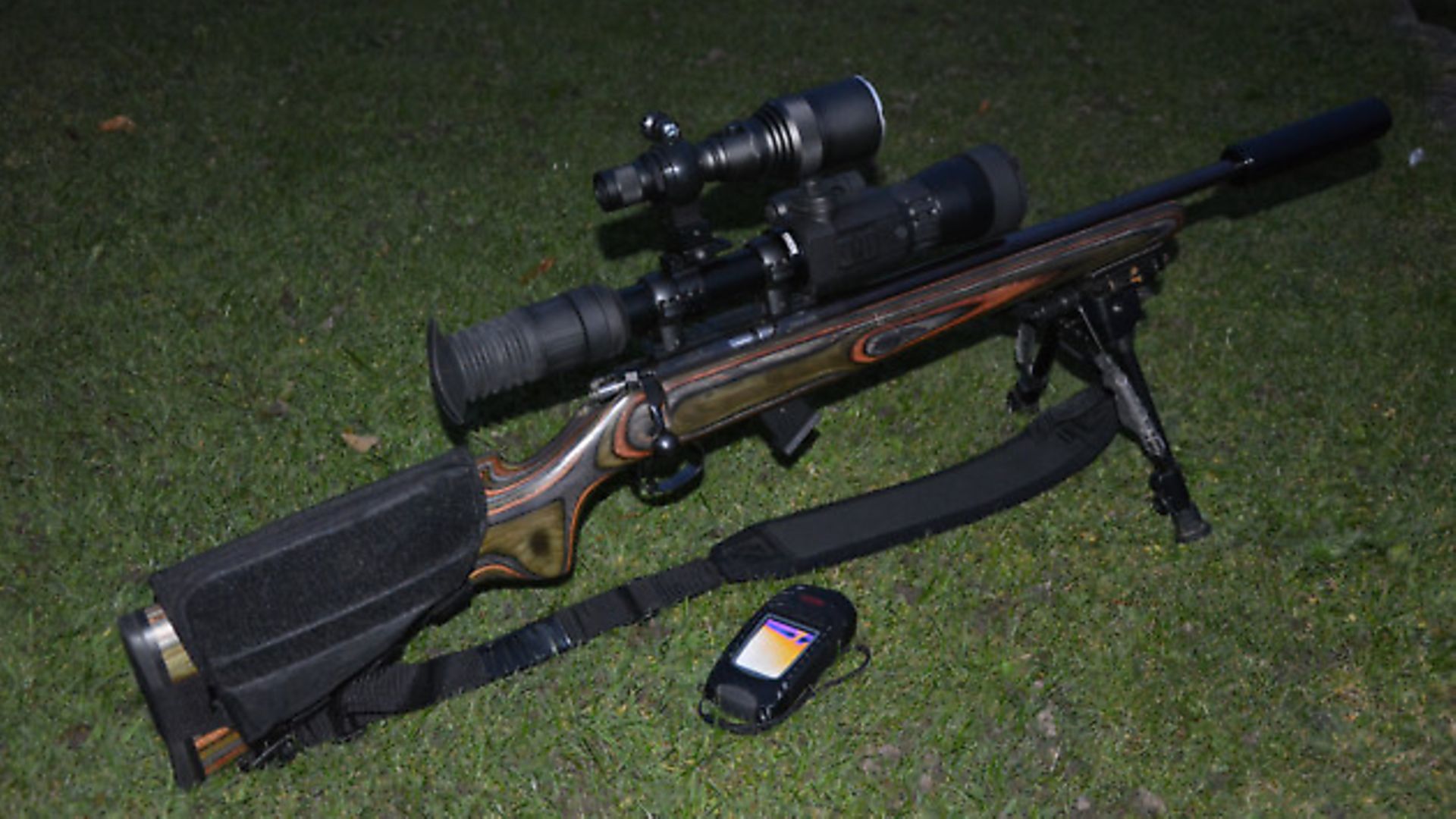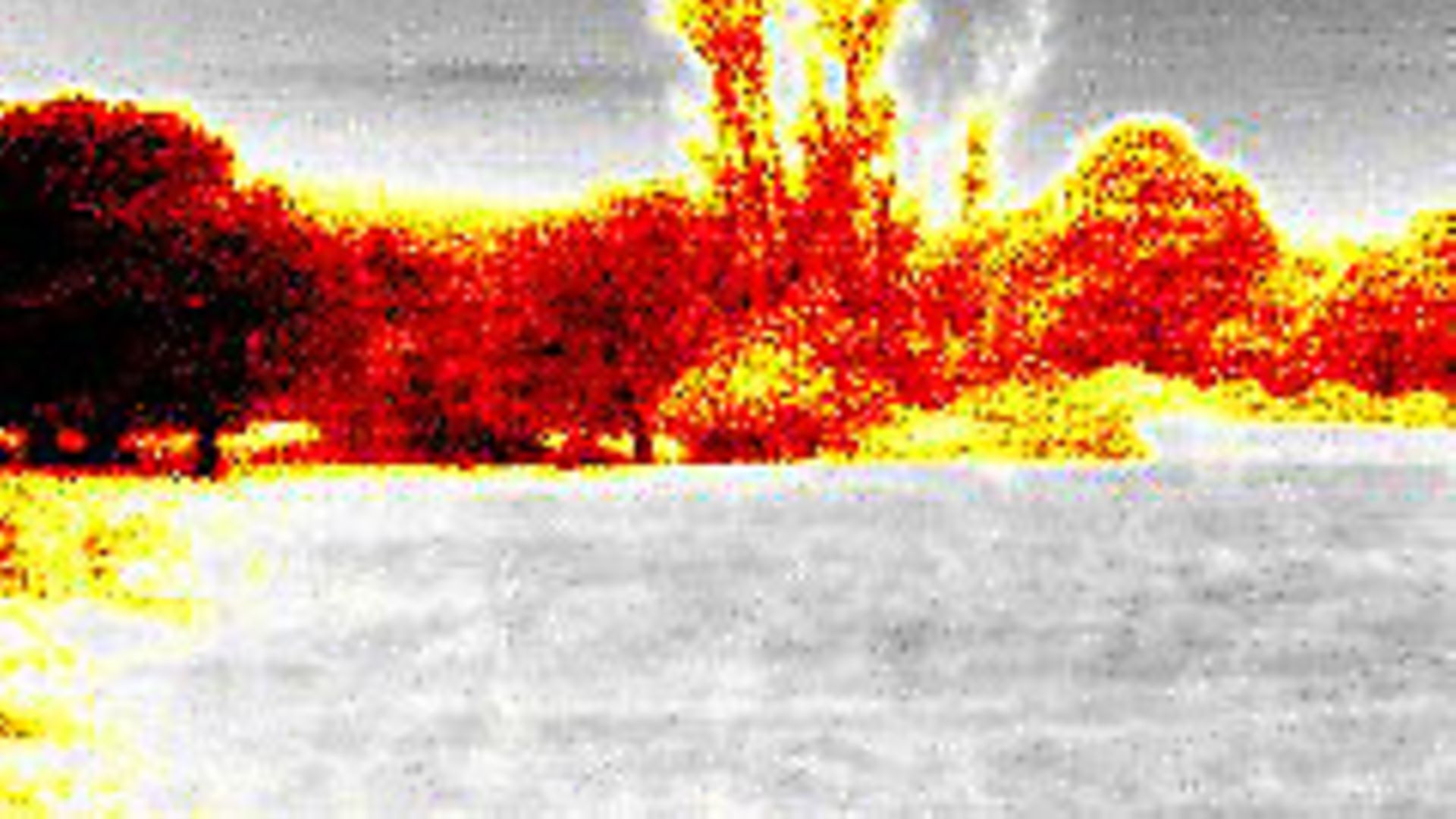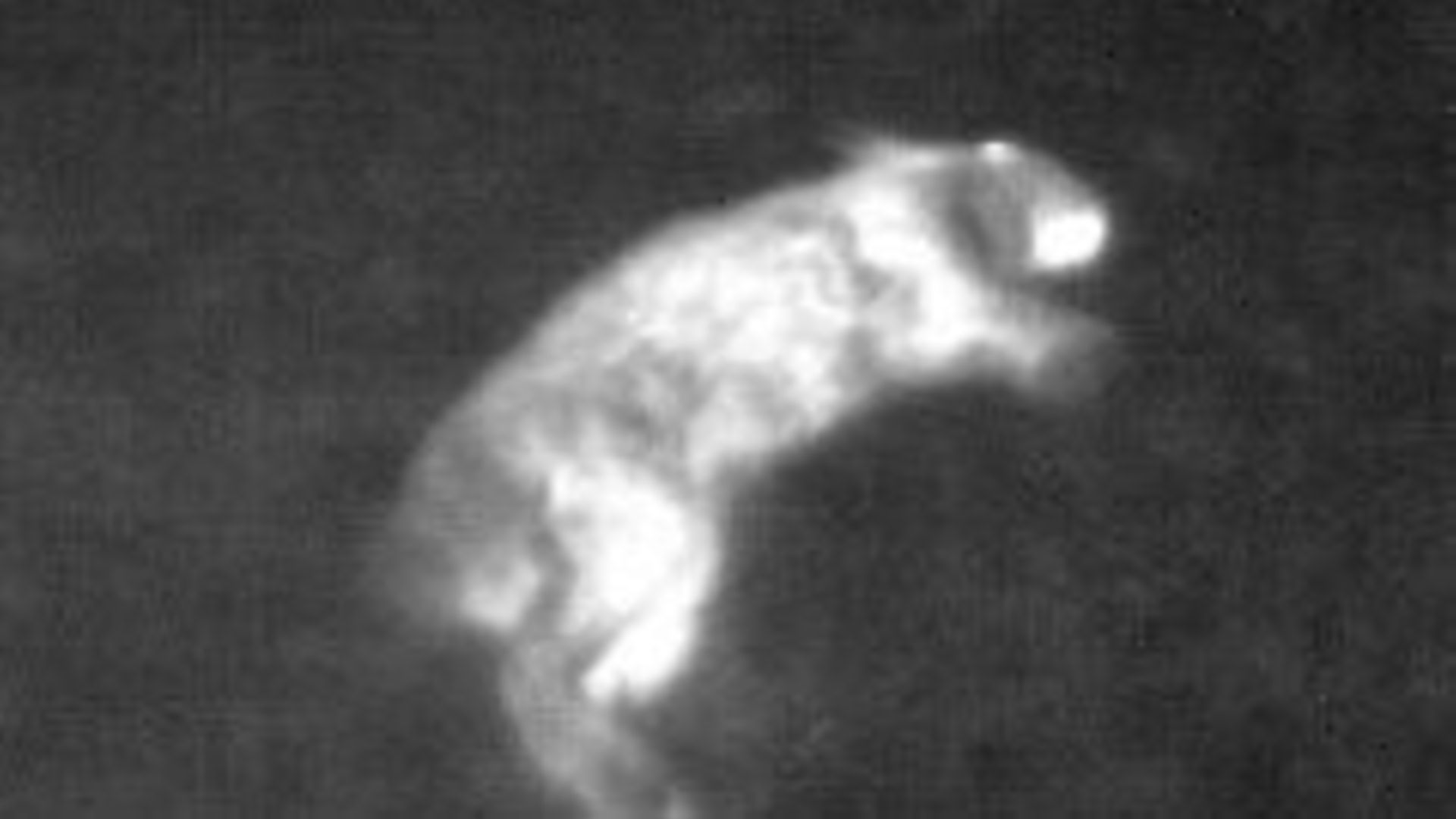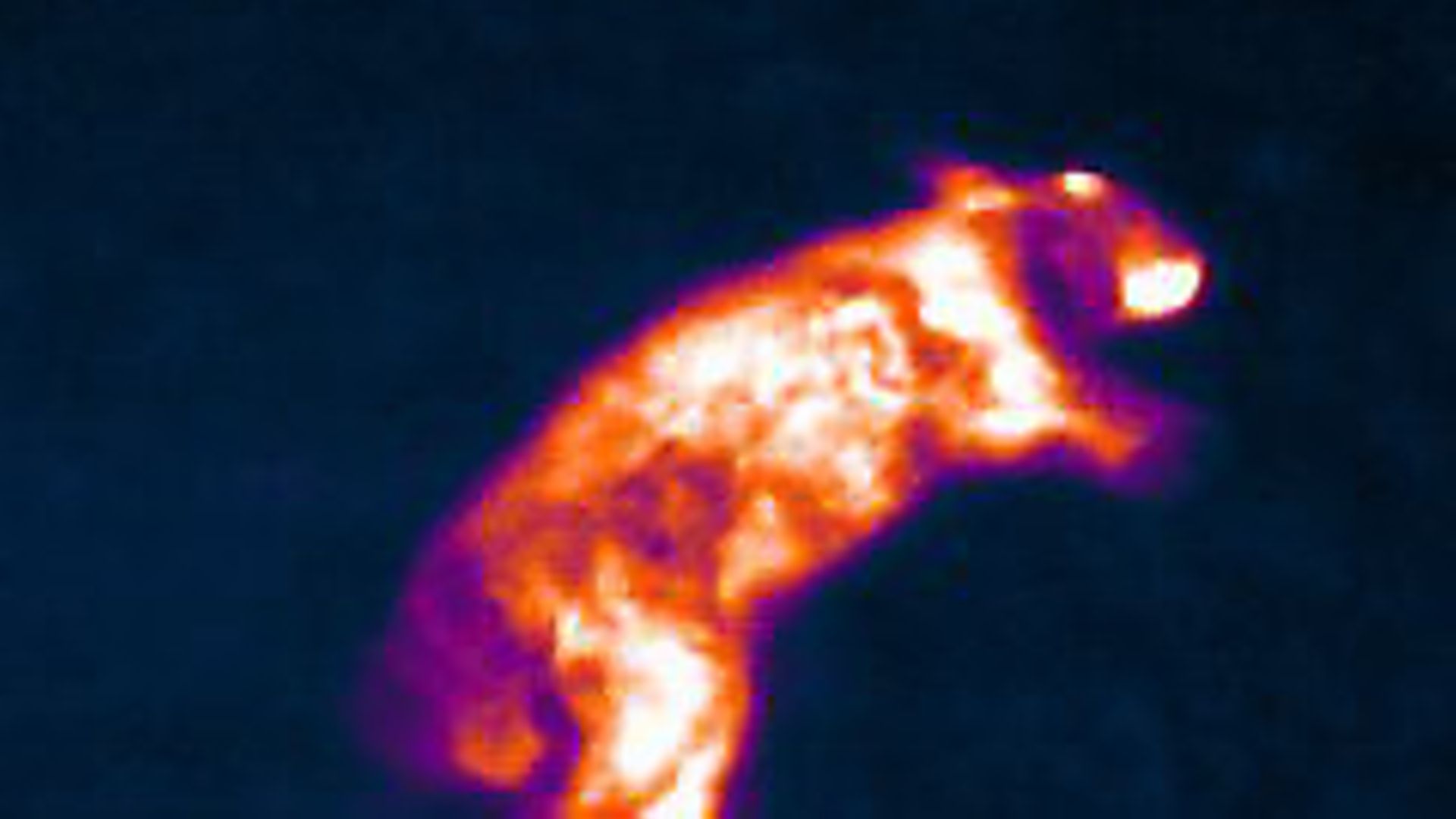Chris Parkin puts the Seek Reveal Pro Thermal Imager to the test in this detailed review
 credit: Archant
credit: Archant
Specifications
Thermal Sensor: 320x240
Detection Distance: 550m
Field Of View: 32°
Temperature Range: -40°C to 330°C
 credit: Archant
credit: Archant
Frame Rate: >15Hz
Microbolometer: Vanadium Oxide
Spectral Range: 7.5 – 14µ
Start-up Time: <3 seconds
Battery Life: Up to 4 hours
Device Dimensions: 127 x 60.96 x 30.48mm
Device Weight: 177g
 credit: Archant
credit: Archant
Features:
Fixed Focus
300 Lumen LED (Programmable Brightness)
Nine colour palette options
Three button navigation
Storage Media: 2GB Internal Memory
 credit: Archant
credit: Archant
Level and span control functions for specified detail capture
Calibrate for surface types for more accuracy control
6cm display with Gorilla® Glass
Rechargeable Battery
Wrist Lanyard
USB Cable
 credit: Archant
credit: Archant
Price
£609.95
Contact
www.scottcountry.co.uk
01556 503587
 credit: Archant
credit: Archant
The Seek Reveal Pro is a smartphone-sized unit offering a 550m thermal detection range on man-sized objects. Resolution is 320x240 pixels and it promises sensitivity of 0.07°C alongside a 15Hz screen refresh speed to smooth out movement and temperature gradients across a -40 to 330°C temperature range. The 32-degree field of view is acceptable for scanning at closer ranges and will pick up rabbits (dependent on the ground conditions) at 75-plus metres, however they soon disappear into longer grass. Holding the unit higher does help, although the top-mounted screen means you tend to lean over the display, rather than ‘follow’ behind it as you walk.
 credit: Archant
credit: Archant
Three tactile buttons control a multitude of functions with a clear intuitive on-screen display layout. Specific temperature reticle readouts and many more functions are represented, but the nine colour palettes and image capture/photo gallery are perhaps the most regularly used controls, after initial setup. Flipping through the palettes from white/hot to black/hot with reds and oranges on the way can help to separate stationary quarry from inanimate hot objects, but over distance white/hot was the one I used the most. ‘Hi’ gave interesting views when tracking, serving to pick out the specific hotspots rather than a gradient.
Tracking also encouraged me to hold the unit upside down, pointed directly to the ground with the screen at eye level in front of me. Decent-sized blood spatter and warm tissue does show up quite well, but heat will dissipate quickly from these and atmospheric conditions do affect matters, especially high moisture content. There is a digital zoom, but I like thermal as a broad field of view scanning tool, and didn’t find any circumstances where I needed more detail to identify or could have done so with the image quality on offer.
It is a definite step up from the original unit and I appreciated the fast three-second start-up time, although Lithium-ion battery life was far more than I needed at four hours. Importantly, being left unused in cold temperatures – which sometimes kills poor-quality batteries – clearly illustrated a good battery durability on standby. The unit now features an inbuilt 2GB memory, so there’s no need for tiny micro SD cards. A mini USB lead is supplied for both charging and image transfer to your PC. A button on the right side illuminates a high/low level, 300-lumen LED flashlight, and with a wrist lanyard and generally robust feel, the Corning Gorilla Glass screen leaves you with a streamlined pocket-sized tool. A two-year warranty provides reassuring backup for a tool with equal appeal in both daylight and darkness.
Thermal is a relatively new technology for most shooters and can get very expensive, so it is good to see tools at both ends of the price scale presenting capabilities in tune with their price points. I was able to watch two foxes at about 80m as they broke from a hedge line, before swapping over to a digital NV riflescope to make a shot. Their size and movement above short grass made identification possible, helped by the 15Hz refresh rate, which makes a huge impact on the unit’s greater sensitivity.